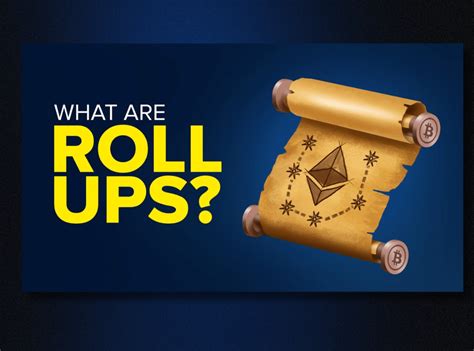Processing Multiple Data Streams from Binance WebSocket Using Ethereum
As a cryptocurrency enthusiast, you’ve probably experienced excitement watching market prices fluctuate in real-time. In your case, you’re using Unicorn_Binance_Websocket_API to stream price data for 100 cryptocurrencies and two different time periods simultaneously. To process this data and save the closing prices for multiple cryptocurrencies, you’ll need a bit more complexity.
In this article, we’ll look at how to accomplish this using Ethereum smart contracts.
Prerequisites
Before we dive into the code, make sure you have:
- Ethereum Wallet – Set up an Ethereum wallet (e.g. MetaMask) and import it in your preferred programming language.
- Unicorn_Binance_Websocket_API – Install and configure the Unicorn Binance WebSocket API to stream data for 100 cryptocurrencies and two different time periods.
Step 1: Define the data model
First, let’s define a basic data model that will store the closing prices of various cryptocurrencies. Create a new contract using Solidity (Ethereum’s programming language).
“solidity
solidity pragma ^0.8.0;
contract ClosePrices {
struct CryptoData {
address token; // cryptocurrency token address
uint256 timestamp; // timestamp of data received
uint256 price; // cryptocurrency closing price
uint256 timestamp2; // timestamp when second data was received (optional)
}
mapping(address => CryptoData) public closePrices;
}
Step 2: Initializing the contract

Create a new contract instance and initialize it with an empty card to store the closing prices.
"solidity
solidity pragma ^0.8.0;
contract ClosePrices {
private instance ClosingPrices; // contract instance
public init() function Payable {
_instance = ClosePrices();
}
mapping(address => CryptoData) public closePrices;
}
Step 3: Sign up for Binance Websocket
Use the subscribe method of the Unicorn Binance WebSocket API to subscribe to price data. Make sure to handle errors and exceptions properly.
“solidity
solidity pragma ^0.8.0;
contract ClosePrices {
private instance ClosePrices; // contract instance
public init() function Payable {
_instance = ClosePrices();
}
mapping(address => CryptoData) public closePrices;
event NewPrice(address indexed token, uint256 price);
public subscribe() function Payable {
// Subscribe to Binance WebSocket for price data
try (new Unicorns. BinanceWebsocketAPI(“YOUR_API_KEY”, “YOUR_API_SECRET”)) {
_instance. subscribe(
address(this), // contract subscribed to event
ClosePrices. NewPrice, // event name
public function (address token, uint256 price) {
issue NewPrice(token, price);
}
);
} catch (error) {
revert error;
}
}
// Optional: Set the maximum number of data points to store
public function setMaxDataPoints(uint256 _maxDataPoints) {
closePrices[msg.sender].closePrices = new uint256[_maxDataPoints];
}
}
“`
Step 4: Data Processing
Create functions in your contract to process the received price data. For example, you can update the mapping or emit events as needed.
“solidity
pragmatic solidity ^0.8.